Schedule a Call Back
Calibration is not same as adjustment
 Articles
Articles- Dec 01,18

Related Stories
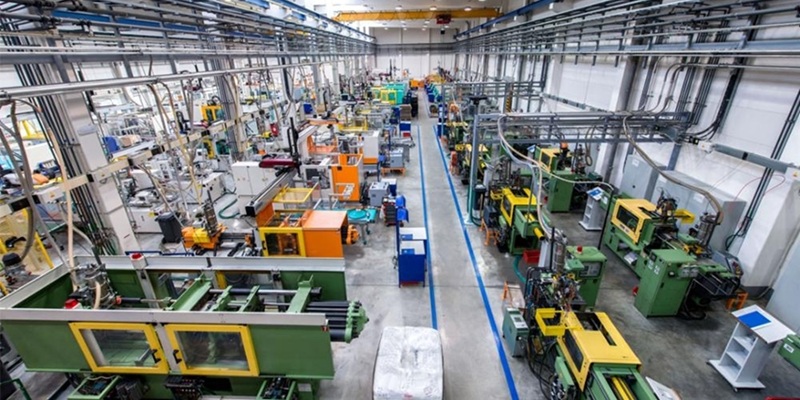
How MNCs are strategising to capture market in India
Today, the Indian MNC scene is changing vastly, with many new ones setting up shop in India. With China becoming less attractive, India is becoming the go to place, writes R Jayaraman and Firoz S Ri..
Read more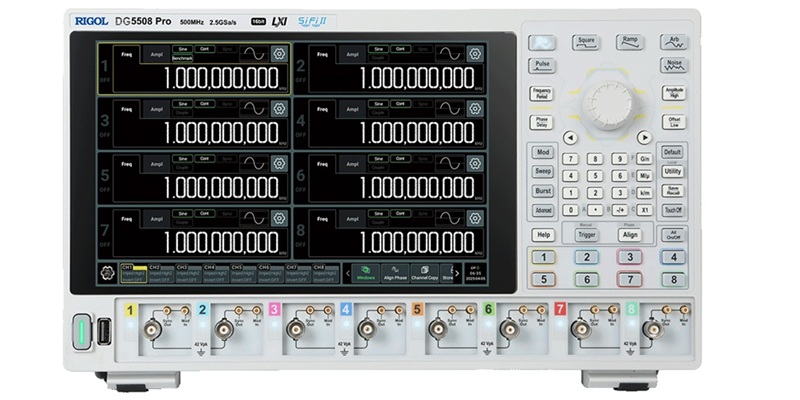
Rigol Technologies Launches DG5000 Pro Series Waveform Generator in India
Rigol Technologies has introduced the DG5000 Pro Series in India, an advanced multi?channel waveform generator with up to 8 isolated channels, 500?MHz output, and high?precision testing features.
Read more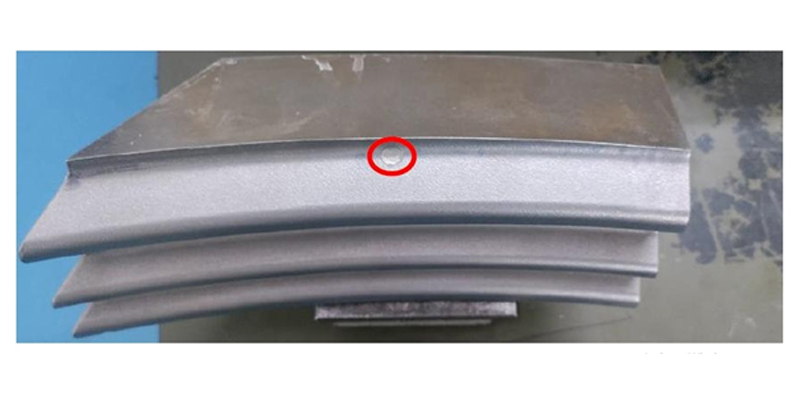
Surface Finishing Equipment Company: High speed particle peen technology
There are many challenges to proper shot peening of critical components. Chirag Modi highlights SURFEX's innovative High-Speed Particle Peen Technology, which significantly improves the fatigue life..
Read moreRelated Products
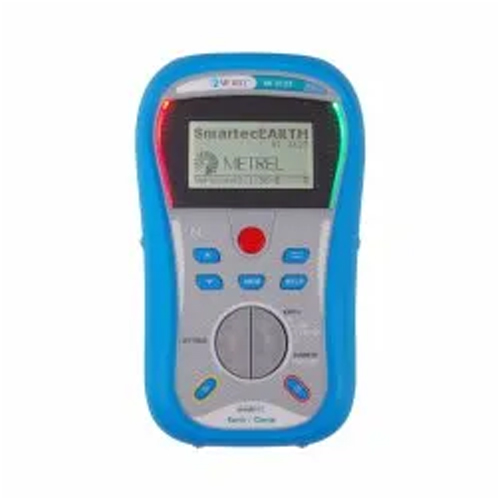
Digital Ground Tester
SM Systems supplies a wide range of digital ground tester.

Leak Testing Machine
Kanwal Enterprises offers a wide range of leak testing machine.
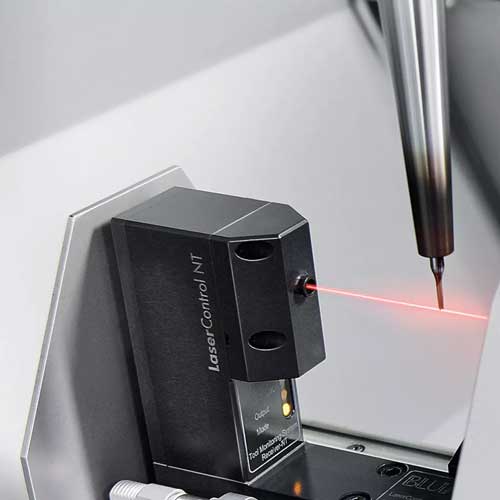
Laser Control Micro Compact Nt
Blum-Novotest Measuring & Testing Technology Pvt Ltd offers a wide range of laser control micro compact NT.


















